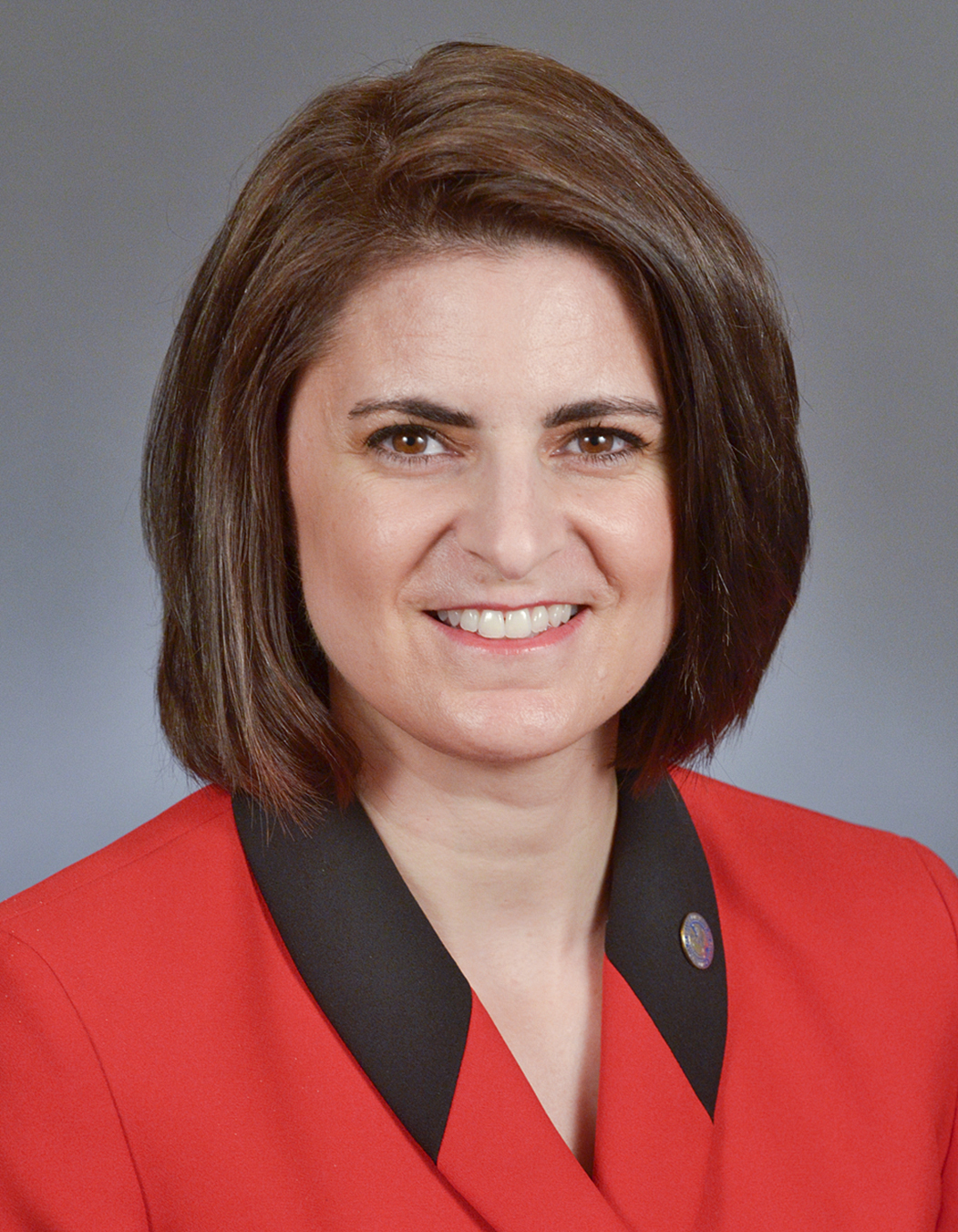Tax credit aims to lure long-term care professionals to Greater Minnesota
The “Age Wave” has arrived. The number of people who are 65 and older in America now increases by 10,000 every day.
As a result, the demand for long-term care resources is at an all-time high. To combat those workforce shortages, lawmakers are partnering with health care industry leaders to find ways to entice more people to consider such jobs.
HF420, sponsored Rep. Marion O'Neill (R-Maple Lake), would allow a refundable income tax credit for individuals who take jobs in the long-term care field at businesses located in qualified economic development regions. Areas of the state that are also experiencing shortages in science, technology, engineering, mathematics (STEM) fields would also qualify for the program.
The House Higher Education Policy and Finance approved the bill Wednesday and referred it to the House Taxes Committee. Its companion, SF1097, sponsored by Sen. Gary Dahms (R-Redwood Falls), awaits action by the Senate Taxes Committee.
More than 2,500 vacant job openings now exist at nursing homes across the state. Long-term health care advocates claim that many health care professionals choose acute care positions at hospitals over nursing homes because of a difference in pay for similar jobs.
In some parts of the state nursing homes are turning seniors away and referring them to facilities far away from their hometown, said Kari Thurlow, senior vice president of advocacy for LeadingAge Minnesota.
“(The tax credit program) would create opportunities for people to begin to look at careers in long-term care as a profession that is both viable and rewarding,” Thurlow said.
The tax credit would apply to all individuals who take jobs in long-term care and STEM fields after June 30, 2015, in parts of the state that the Department of Employment and Economic Development classifies as having a worker shortage in those fields.
DEED divides the state into 13 economic regions and would be required to measure annually the vacancy rate of jobs in those regions to determine whether shortages exist in order trigger the tax credit program.
The maximum credit allowed in a taxable year would be $5,000 for eligible individuals with four-year degrees, and $2,500 for eligible individuals with two-year degrees. An individual could claim the credit in the taxable year the individual first becomes eligible and in each of the four following taxable years.
The bill also requires DEED and the Department of Revenue to list each of those qualifying workforce districts on their websites.
Related Articles
Search Session Daily
Advanced Search OptionsPriority Dailies
Ways and Means Committee OKs proposed $512 million supplemental budget on party-line vote
By Mike Cook Meeting more needs or fiscal irresponsibility is one way to sum up the differences among the two parties on a supplemental spending package a year after a $72 billion state budg...
Meeting more needs or fiscal irresponsibility is one way to sum up the differences among the two parties on a supplemental spending package a year after a $72 billion state budg...
Minnesota’s projected budget surplus balloons to $3.7 billion, but fiscal pressure still looms
By Rob Hubbard Just as Minnesota has experienced a warmer winter than usual, so has the state’s budget outlook warmed over the past few months.
On Thursday, Minnesota Management and Budget...
Just as Minnesota has experienced a warmer winter than usual, so has the state’s budget outlook warmed over the past few months.
On Thursday, Minnesota Management and Budget...
